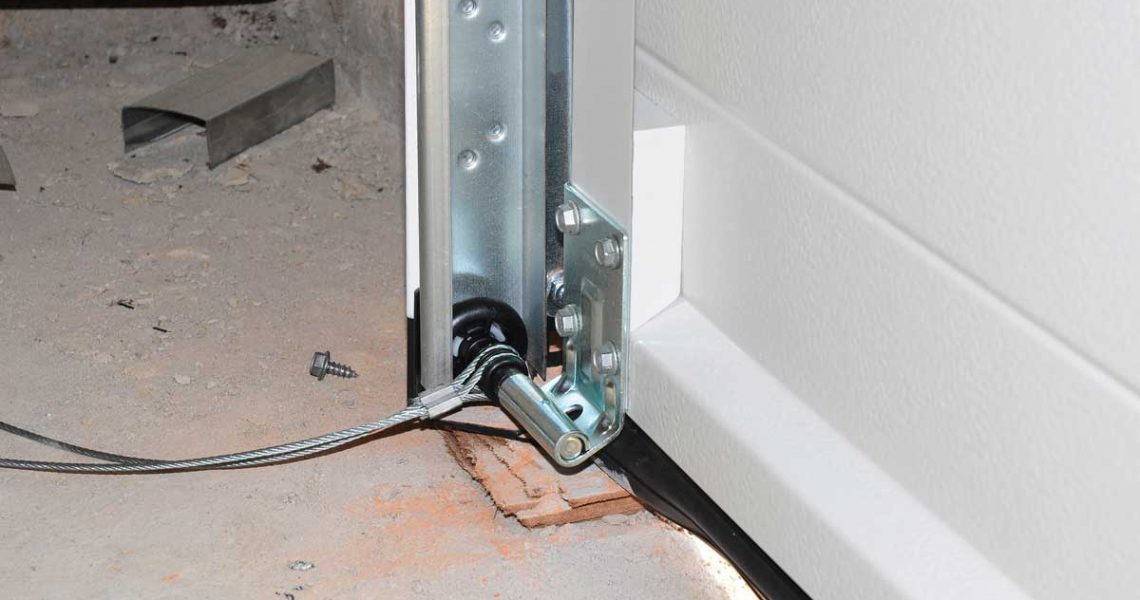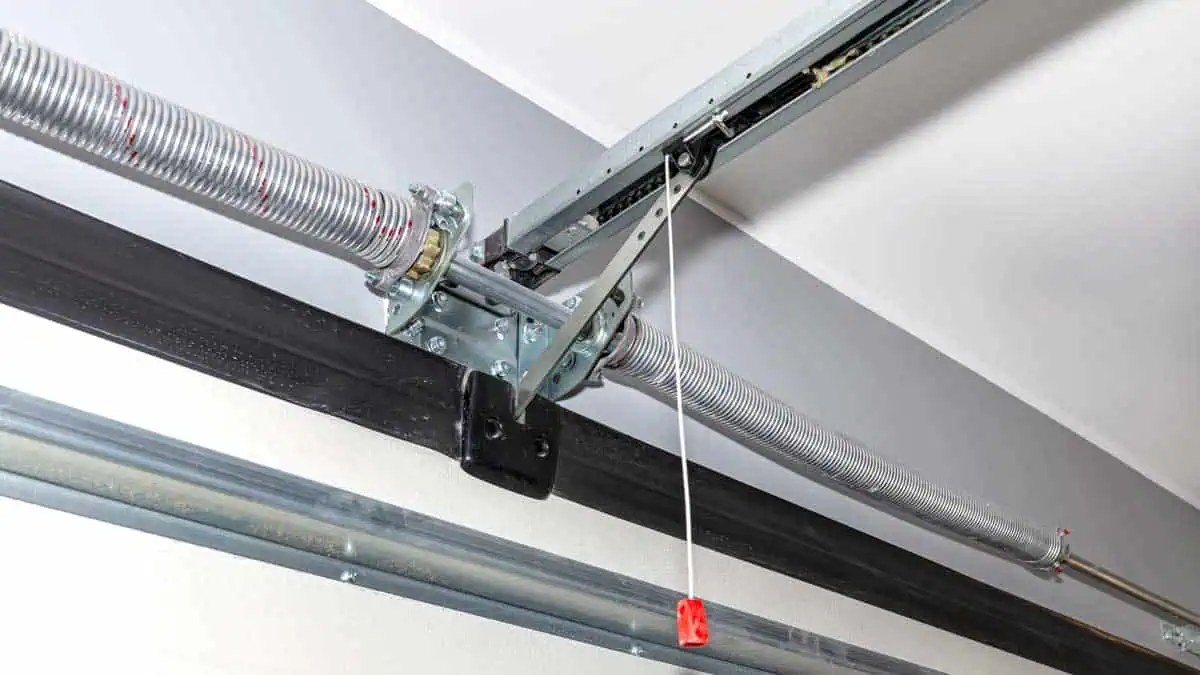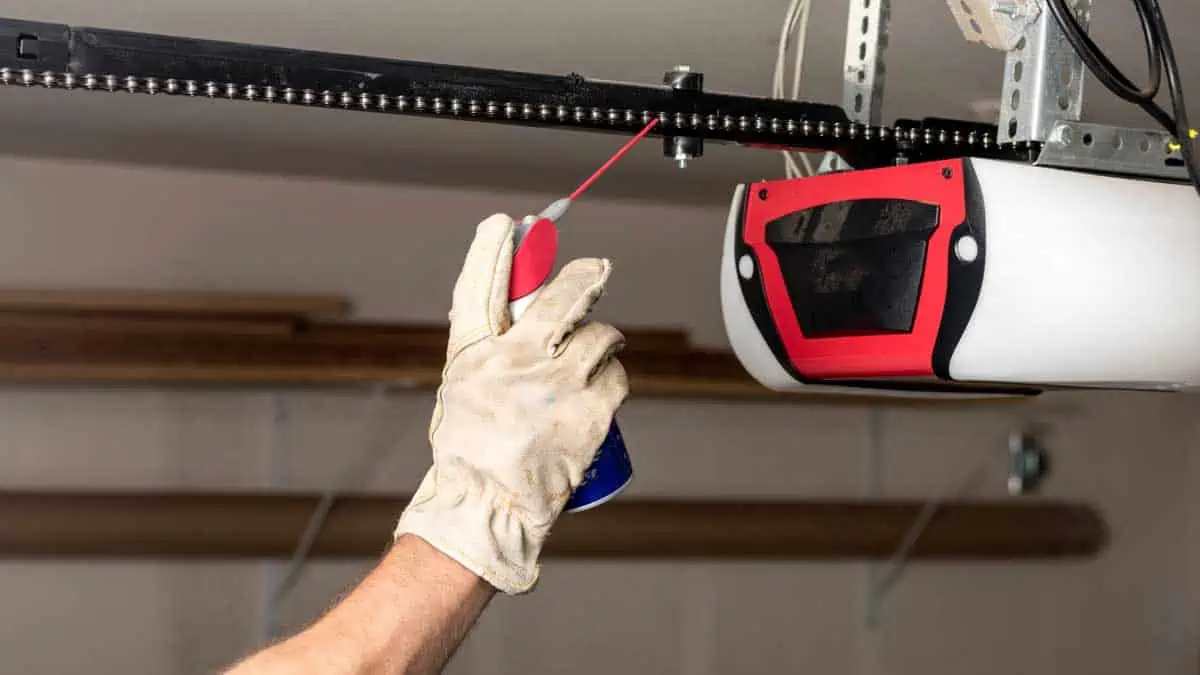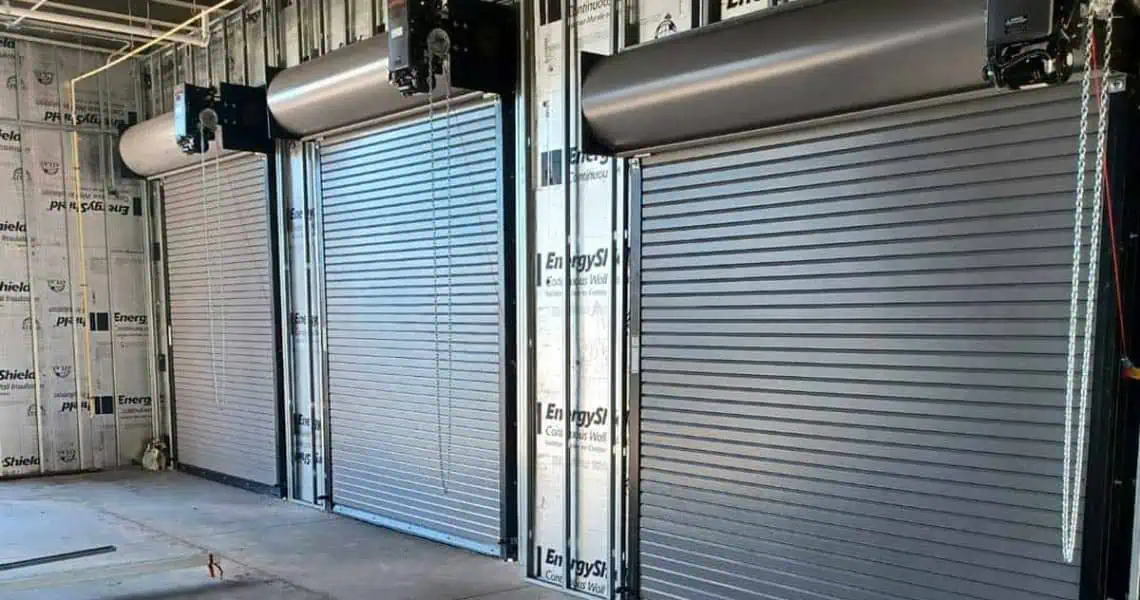If you own a home with a garage, you have likely dealt with this scenario.
You jump in the car to leave for work, hit the button to open the garage door, and the door ceases to move. There might be no more frustrating moment in the life of a homeowner.
Here we will look at 12 reasons your garage door may not open (or close). Some can be fixed with a quick step or two, while others will require a professional opinion.
1. Did You Check the Power Source?
The first thing your cable provider will ask when you call for assistance with an outage is if your cable box is plugged in. This can be infuriating but they ask for a reason.
Check to be sure your garage door opener is plugged in. If it is, check the outlet itself. Plug a lamp or small electronic device into the outlet to test if it works. If it does, you can cross the power source off the list. If not, check your breaker box to make sure a breaker hasn’t tripped.
If the outlet is out and no breaker is tripped, it is probably time to call an electrician. In the meantime, you will need to manually open your garage door.
2. Photo-Eye Issues
The photo-eye may sound like some science fiction title, but it is the little sensor that plays a big role in garage door safety. Modern garage doors have photo-eyes installed to detect something, or someone, below the door.
The photo-eye is usually an obvious box located about half a foot above the ground on either side of the garage door. If it is blocked by something, the door will not open or close properly.
There can also be damage to the cord that runs into the photo-eye. Most frequently, photo-eye issues are caused by dirt and dust built up on the lens. Wipe the lens with a soft tissue and see if this solves the issue.
3. Check for Obstacles
Garage doors are simple but surprisingly astute. If it senses an object in its path, it will refuse to close. This is a great safety feature but can be frustrating if there is nothing below the door.
If you have surveyed the area below the door and found nothing blocking its path, check the door track itself. Even a small pebble or chunk of dirt can trigger the door to return to the open position.
4. Sensitivity Reset
The instructions to reset the sensitivity of your garage door opener will be included in the owner’s manual. Follow the steps to force a reset. If the level has become too low or high, the door will not open.
5. Limit Reset
Similar to sensitivity issues, the limit setting can be reset by following the instructions in your owner’s manual. The limit setting tells the door when it needs to prepare to stop in the closed position.
If these settings become out of line, the door will think it is hitting something when it hits the ground and it will automatically return to the open position. Limit setting adjustment can be tricky and make require several tries before getting it just right.
Adjusting too much at a time can cause your garage door to slam closed and lead to damage. If you are uncomfortable with this process, a professional can help make sure it gets done right.
6. Check the Disconnect
The disconnect is a switch or cord that allows you to open your garage manually. When the disconnect is engaged, the garage door will not open on its own. If the door does not even attempt to open, always check to make sure the disconnect was not inadvertently engaged.
7. Is it Locked?
This question may be as annoying as asking if the opener is plugged in. If you can hear your garage door opener working but the door has no movement, check the manual lock if you have one.
Someone else may have locked it without you knowing or you may have simply forgotten. Unlock the door and the problem should be solved.
8. Broken Torsion Springs
This may be one of the more easily identifiable garage door problems. If you hear what sounds like fireworks or a gun going off in your garage, you will likely find a broken torsion spring is the culprit.
It is not an uncommon problem, as torsion springs have a finite lifespan. If you discover a broken spring, call a professional immediately. Do not try and open the door. Garage doors are very heavy and without the torsion springs, can fall quickly and injure anyone in its path.
9. Snapped or Dislocated Cables
This problem often occurs in conjunction with the broken torsion spring discussed above. A snapped cable can be dangerous, as it flies off at a high rate of speed. Like broken springs, snapped cables are a job for professionals only.
10. Tracking Problems
Once your garage door leaves its track, it will not function correctly. If the door seems to be jammed at a certain point, check the track. Any bending, obstruction or gapping sections will cause your garage door to malfunction.
The easiest way to diagnose a track issue is to listen to the door as it opens and closes. If it makes unusual noises at a certain point, it is probably a track issue. Likewise, a door that slows at a certain point is likely experiencing tracking issues.
The track can be fixed by realigning them. Dents can be hammered back into place after loosening the screws fixing the track to the frame. For advanced track issues, call a professional.
11. Remote Control Programming Issues
If you use a remote to open your garage door, it can be responsible for a couple of issues. The fastest way to diagnose a remote problem is if the door opens with an interior switch but not with the remote. Check the batteries first.
One common remote issue is a programming problem. If the remote simply won’t work, and you know the batteries are fresh, try reprogramming it with the instructions in the user’s manual.
12. Remote Control Interference
If the batteries are fine and programming is not an issue, your remote may have difficulty communicating with the garage door opener. This is often caused by a blockage of the antenna.
The antenna should be hanging down from the garage door opener and not blocked by anything. Check the antenna for obvious signs of damage.
When in Doubt, Call for Help
The daily function of a garage door looks safe and smooth. However, when something goes wrong the door can be rendered disabled and dangerous. If you have doubts about your ability to diagnose or fix any garage door issue, call a professional for help.





